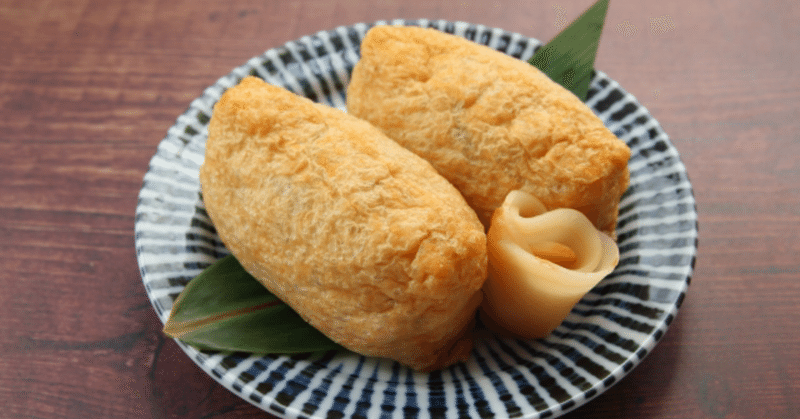
【Koyomi】February 12, 2024
What is "Hatsuuma"?
"Hatsuuma" refers to the festival day at Inari shrines, falling on the first "Uma" (horse) day of February. Previously observed according to the lunar calendar, it now aligns with the Gregorian calendar's February, with the 2024 date being February 12th. Traditionally valued in agricultural societies, this day has been dedicated to praying for a bountiful harvest.
「初午」とは
稲荷社の祭り日である「初午」とは、2月の最初の午の日となる。以前は旧暦の2月だったが、現代では新暦の2月 の最初の午の日で、2024年は2月12日に当たります。この日は古来から農業社会で重視され、豊作を祈願する日とされてきました
The custom of eating "Inarizusi"
Eating "Inarizusi" on "Hatsuuma" is a custom that expresses gratitude to the gods and hopes for the next year's harvest. This tradition stems from Inari, the deity associated with cereals, and involves stuffing sushi rice, harvested and prepared, into fried tofu, a representation of the offerings made to the deity.
いなり寿司をたべる習慣
「初午」には、いなり寿司を食べるという風習があり、それは神様への感謝と次の年の豊作を願う意味が込められています。稲荷神が五穀にまつわる神様であることから、供物の油揚げに収穫した米で作ったすし飯を詰めたのが由来といわれま
The shape of "Inarizusi"
The shape of "Inarizusi" varies by region, each embodying a unique significance. In Eastern Japan, the "bale shape" dominates, symbolizing rice bales. Conversely, in Western Japan, the "triangle shape" is common, designed to resemble fox ears, which ties back to the fox being considered Inari's messenger.
いなり寿司の形
いなり寿司の形状には地域ごとに特徴があり、それぞれに独特の意味が込められています。東日本では「俵型」のいなり寿司が主流で、これは「米俵」を模しています。一方、西日本では「三角形」のいなり寿司が一般的で、「キツネの耳」をイメージして作られているようです。
この記事が気に入ったらサポートをしてみませんか?
